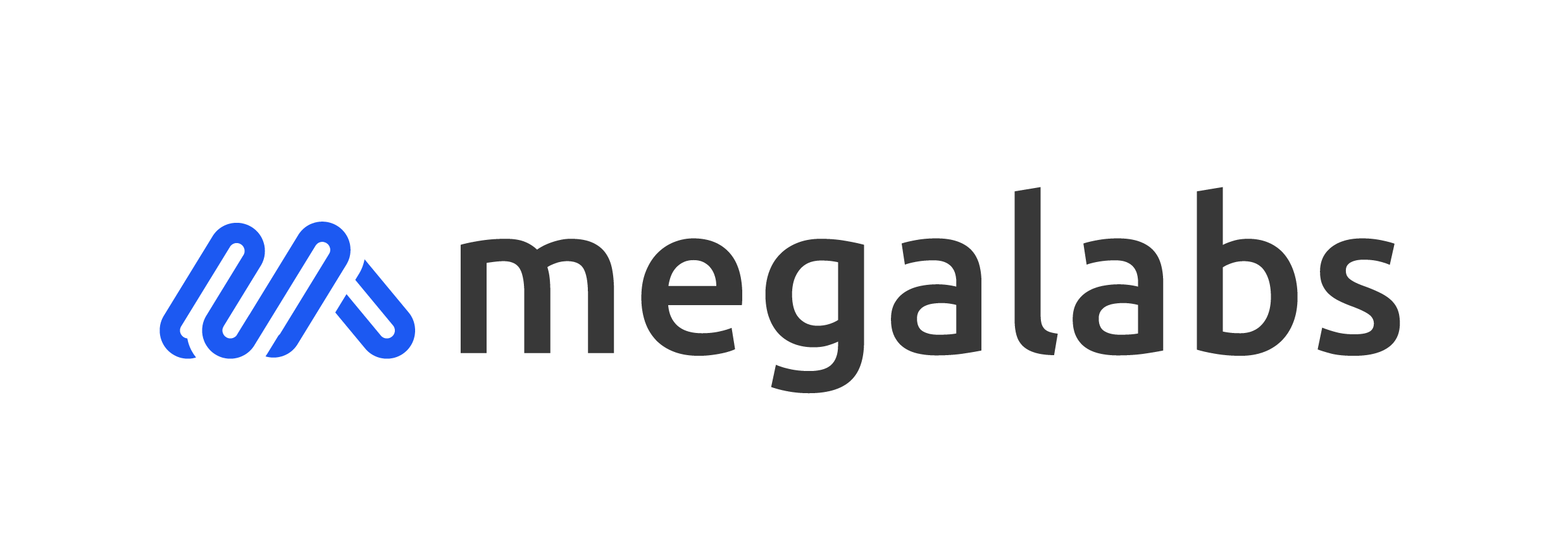The market for high-quality, highly customized manufacturing is expanding. Because of rising demand from industries such as automation and medical devices, the use of AI in manufacturing industry is growing. The market size of AI is expected to reach $9.89 billion by 2027.
And according to MarketsandMarkets AI in manufacturing market size is anticipated to $16.3 billion by 2027.
AI leverages raw data
Artificial intelligence (AI) is revolutionizing the manufacturing business by enhancing operators through active analysis of all process and quality data coming off a manufacturing line.
Through the examination of this data, operators can be presented with the best decision at the right time. This might be computer vision used for quality inspection to detect surface problems.
It could be the study of process data to recommend adjustments in production variables to prevent failures caused by raw material variation, or it could be the analysis of machine data to prevent failure of that machine at some future date through predictive maintenance.
Artificial intelligence solutions can be used to keep the manufacturing process running smoothly or to detect problems quickly.
Uses of AI in manufacturing
Artificial intelligence is used in a variety of different application cases in the manufacturing industry. This technology is also available to smaller businesses. AI solutions that are both valuable and affordable are more readily available than many smaller manufacturers imagine.
So, here are some use cases that may also fit your business needs:
Quality Control
The most essential application case for artificial intelligence in the manufacturing business is quality control. AI is used to improve defect detection by employing sophisticated image processing algorithms that can automatically categorize defects across any industrial object that it encounters.
Manufacturers cannot allow defective products to leave the production line and be shipped to consumers. This can be costly. Humans can manually monitor manufacturing lines and catch bad products, but some defective products will always escape from sight. Even industrial robots are capable of making errors, but artificial intelligence may facilitate manufacturing by evaluating the products.
Process optimization
AI in manufacturing industry is also used to analyze sensor technologies that collect data from the manufacturing process in order to understand how to improve efficiencies in terms of production output and how frequently things fail.
For example, tools can wear out, affecting the final product’s quality. Alien objects can damage manufacturing tools and products, or low-quality parts will be used in the final product.
Because such issues are frequently detected too late, they may have an impact on final product quality and productivity, reducing expected profit.
Current problem-monitoring solutions are both time and money consuming. As a result, AI is being used to address such issues. Siemens, for example, developed innovative technology to automate and simplify the process. Manufacturers can now train a neural network and deploy customized models.
The technology detects abnormal situations without the need for human intervention. The operator is notified within seconds, allowing for immediate problem resolution. This significantly reduces non-conformance costs and costly tool breakdowns, allowing products to be released more quickly with the highest quality and increasing profit margins. In short, artificial intelligence (AI) is empowering manufacturing teams by adding an intelligence layer that works in the background to enable faster and higher-quality decision making.
Predictive maintenance
The other use case of AI in manufacturing market is predictive maintenance. Predictive maintenance is an approach that involves continuously monitoring the state of equipment under normal operating settings and predicting its remaining useful life. Predictive maintenance employs models to anticipate when a given asset’s component is about to break. This reduces downtime and allows for more planned maintenance.
There is no need to halt your manufacturing processes with predictive maintenance because it detects even slight changes in equipment status that are not detected with a standard examination. AI-based diagnostic tools enable producers to identify conditions that may lead to breaking and intervene before it occurs.
Demand forecasting
Demand forecasting, which is a type of predictive analytics, traditionally analyzes the process of estimating client demand using historical data. In practice, around 75% of the data that businesses collect is not used. These abandoned historical datasets are combined with real-time data by AI.
This approach gives businesses a precise picture of everything, from product demand to supply chain problems. Organizations can make the most accurate predictions about changes in consumer demand with AI.
In big datasets, AI algorithms can automatically spot patterns, spot complex linkages, and pick up signs of changing demand. Throughout the operational process, organizations employ this type of AI to prevent inefficiencies brought on by a misalignment of supply and demand.
Safety
Artificial intelligence is also being used to improve the experiences of individual operators. Through augmented reality technologies, field workers are assisted in performing their duties. AI is also used to support various health and safety aspects of field workers, ensuring that they are wearing the proper personal protective equipment. They are also supported throughout the entire operational process.


